Hi, I'm Chris.
I'm a senior congressional reporter at Bloomberg Tax in Washington, D.C., and an adjunct instructor at the University of Maryland, College Park.
I covered Congress for CQ Roll Call in Washington and worked at newspapers in three states, including Raleigh's News & Observer. I served terms of AmeriCorps in Montana and Alaska.
I graduated in 2018 with a master's degree from the University of Maryland in College Park. I specialized in data journalism.
If you like what you read, let's talk.
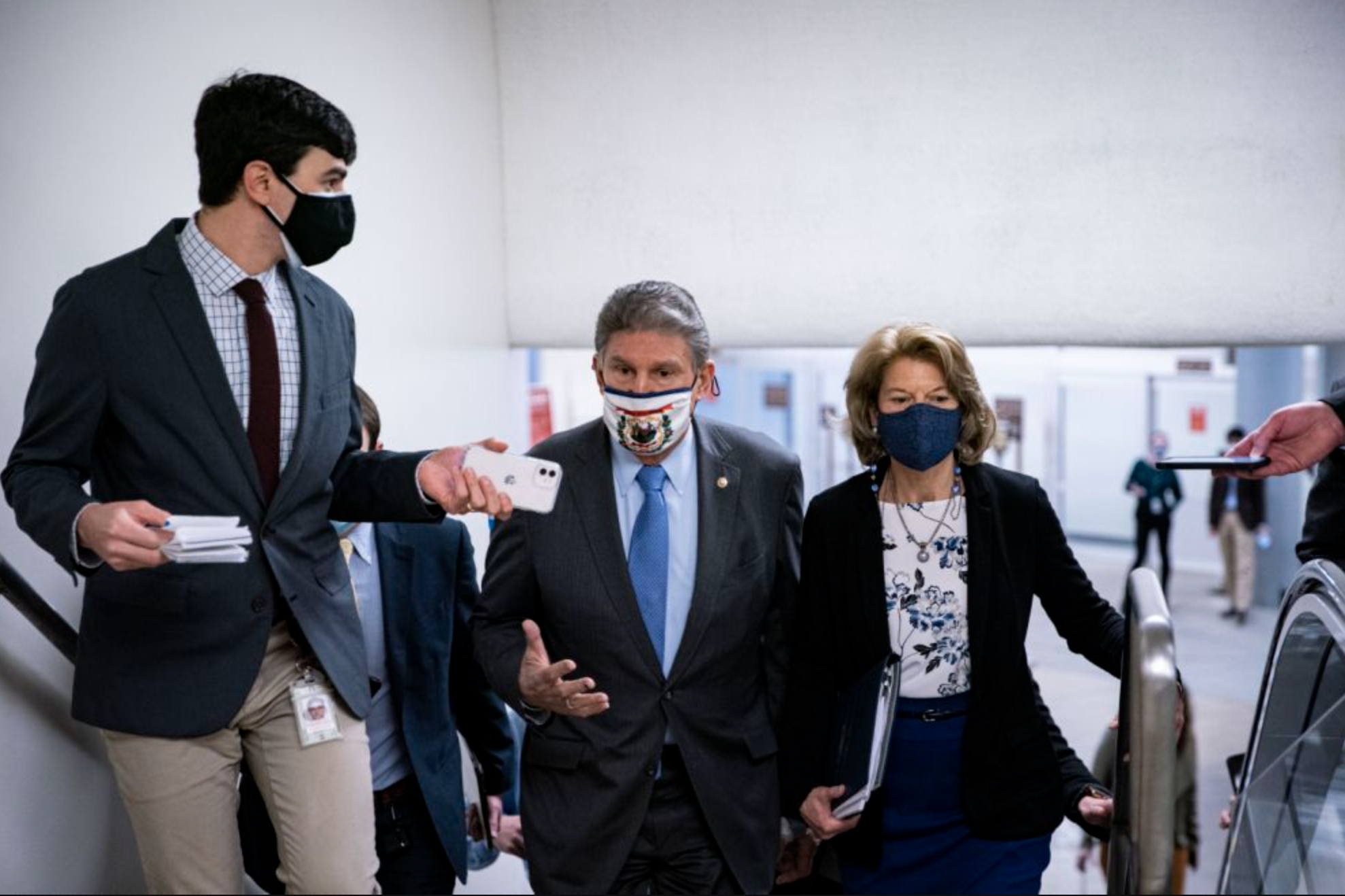
 OECD Global Tax Pact Lobbying Ramps Up Among Corporate Giants
OECD Global Tax Pact Lobbying Ramps Up Among Corporate Giants
An analysis of the companies and business interests lobbying on the OECD-led global tax deal. My take: Using web-based tools like Google Sheets, I scraped federal lobbying disclosures for terms mentioning the OECD or the tax deal's two pillars. I then cleaned and verified the data to find total spending which more than doubled between 2019 and 2023.
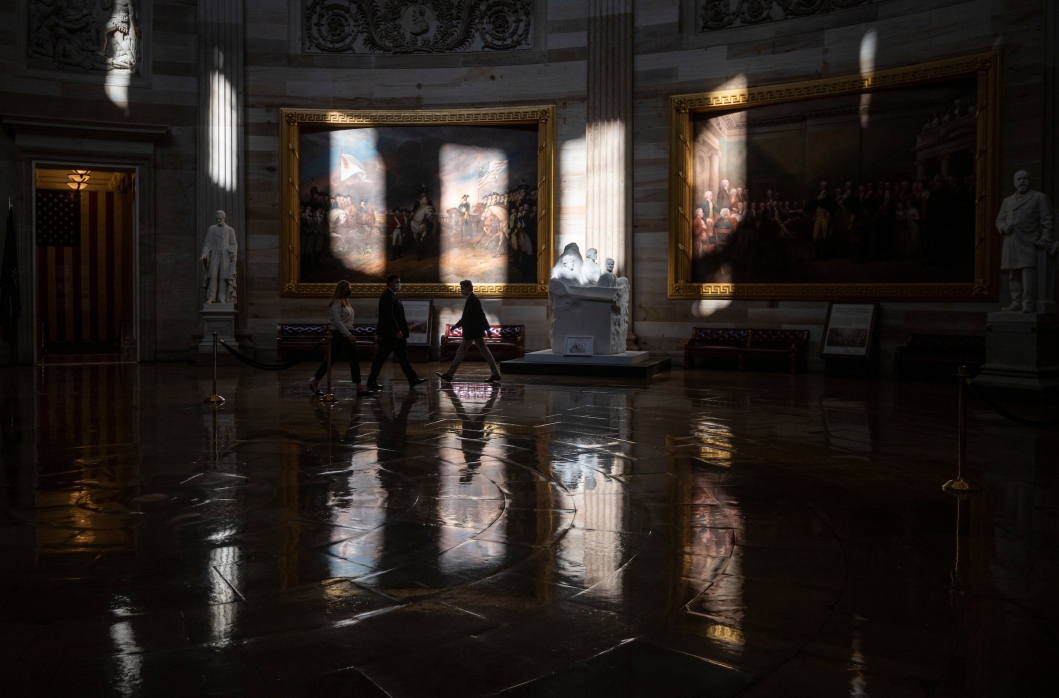 This was supposed to be a big year for Hill pay. Staffers aren’t holding their breath
This was supposed to be a big year for Hill pay. Staffers aren’t holding their breath
House lawmakers in spring sought to increase staffer pay by upping member allowances, but the early year optimism had faded among staffers by winter 2021.
My take: I reached out to sources on whether they believed the allowance boost would improve staffer retention and pay. I also found data and reports from CRS and others that I could turn into graphics using DataWrapper.
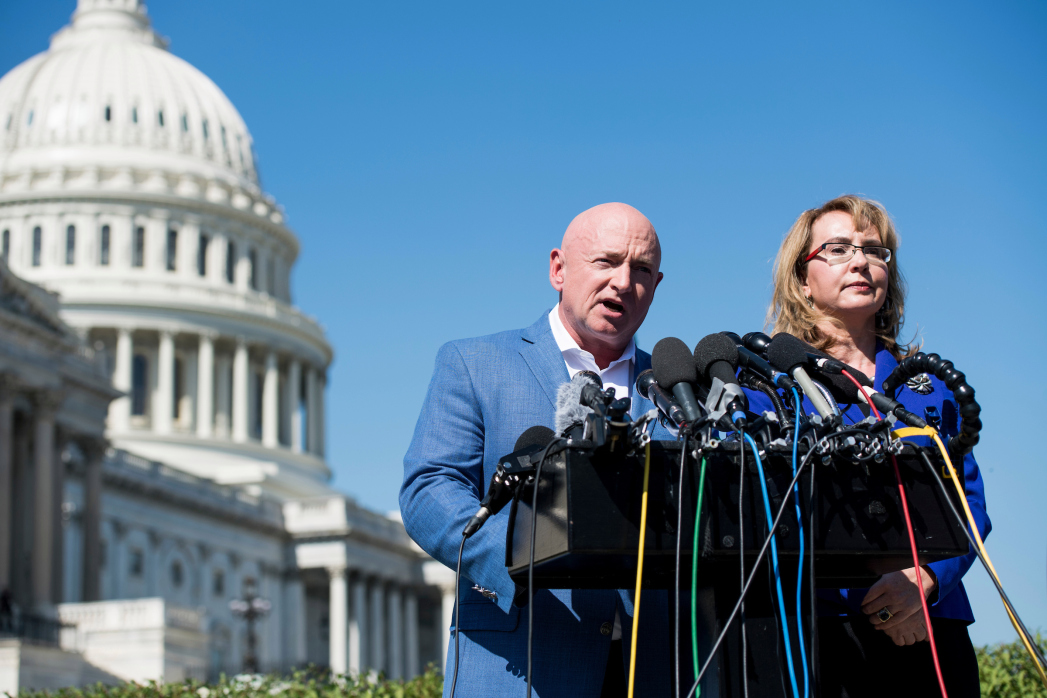 Where the money is: What fundraising in Phoenix and Tucson area says about the Arizona Senate race
Where the money is: What fundraising in Phoenix and Tucson area says about the Arizona Senate race
A look at how, areas that donated to President Donald Trump donated to Arizona's 2020 Senate candidates.
My take: I worked with the Roll Call team to write code to pull Federal Elections Commission data through its API into R, break it down by zip code and group it geographically using U.S. Census data.
 Ties between a bank and Rep. Harold Rogers raise questions about PPP loans
Ties between a bank and Rep. Harold Rogers raise questions about PPP loans
A bank where Rogers once served as a director provided millions in Paycheck Protection Loans to business owners.
My take: I used R to filter out the PPP loans made by the bank where Rogers used to sit on the board. Then, I went through each business and created a database of owners and stakeholders. Then I compared that to federal elections data.
 Grasswho? Members raised hundreds of thousands, almost none from small donors
Grasswho? Members raised hundreds of thousands, almost none from small donors
Looking at how some Democrats, who tout small-dollar contributions as grassroots support, raised small sums that way. My take: I cleaned and analyzed FEC data using the programming language R. The story is a summary of my findings and original reporting on how some lawmakers drift away from small-dollar donations.
 Cherry blossoms in winter? Global warming could make it happen
Cherry blossoms in winter? Global warming could make it happen
A data-driven story on how warming temperatures would likely mean earlier blooms. My take: I used R to help tell a story about how earlier blossoming cherry trees could cause some scheduling snafus for organizers of the National Cherry Blossom Festival. I used R to create a graphic for the piece that showed, historically, when the festival and peak bloom occurred.
 Chesapeake farmers target runoff reduction, lawmakers seek conservation funds
Chesapeake farmers target runoff reduction, lawmakers seek conservation funds
A story about Chesapeake Bay conservation program funding levels in the new farm bill.
My take: Two Carto maps were created by joining shapefiles with USDA data in R. The third, about zip codes in Maryland receiving federal funds, was created with data I scraped from the web using the Rvest library. Graphs are built in D3.
 DC Is Planting Thousands of Trees, But Inequity Remains
DC Is Planting Thousands of Trees, But Inequity Remains
Historically D.C. provided more maintenance to affluent parts of the city, but that's slowly changing.
My take: I analyzed the D.C. Tree Inventory with R to see where D.C. trees are planted. Then, I mocked up graphics of my findings and worked with the NBC graphics team to build visuals using Carto and DataWrapper.
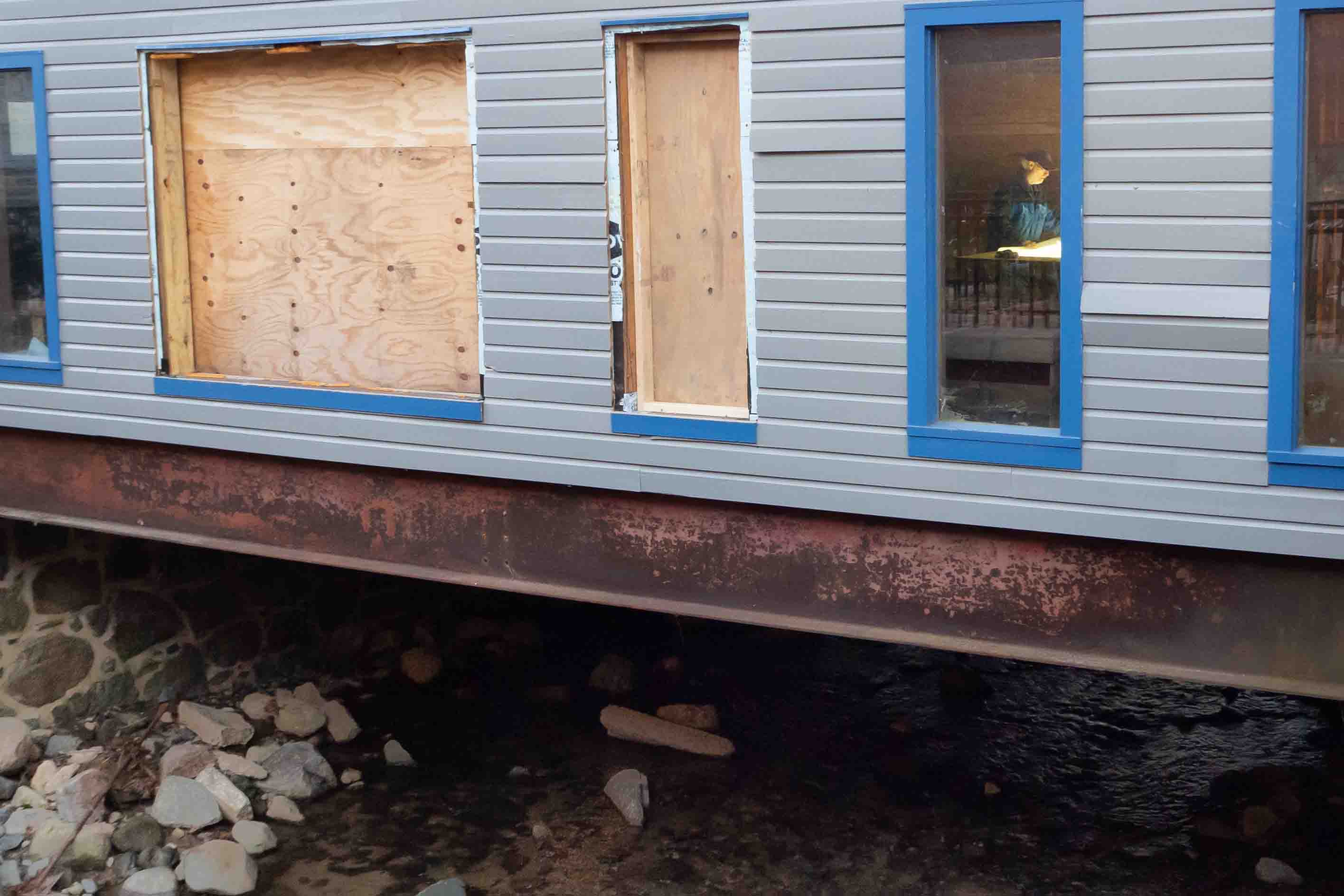 With new plan on pause, Ellicott City business owner feels stuck
With new plan on pause, Ellicott City business owner feels stuck
A plan to buy and demolish 10 buildings on Main Street was put on hold, and that’s frustrated some business owners.
My take:
I used an R library developed by the USGS to analyze data collected at area stream gauges. I also built two graphics: a GIF I created using QGIS and Photoshop, and another that I built using C3. I took all the photos too.
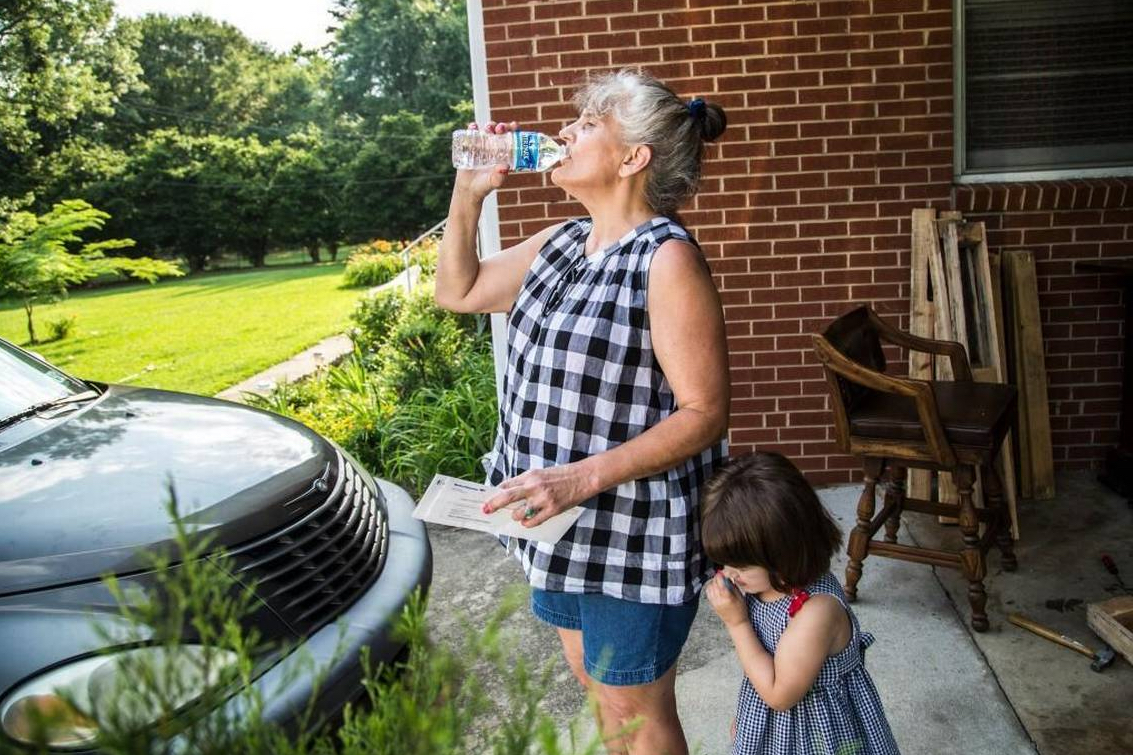 Their water is contaminated, and Wake residents want help
Their water is contaminated, and Wake residents want help
The story looks at fouled wells in a Wake area surrounded by city, but without municipal services.
My take: The citizen initiative first popped up in county commission meetings. I researched area history in both city and N&O archives. I examined county and EPA records, and interviewed residents.
 2 years and counting: Crane marks spot of project in limbo
2 years and counting: Crane marks spot of project in limbo
An investigation into why a 7-story apartment building never got built. My take: After driving by the crane many times, I finally decided to figure out why it hardly moved. Doing that required me to untangle a web of court documents, file an information request and interview neighbors.
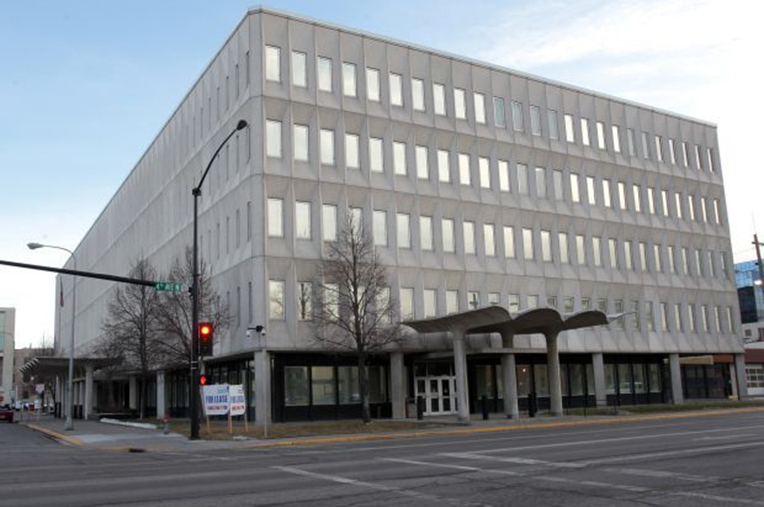 Empty federal building a 'big white elephant sitting downtown'
Empty federal building a 'big white elephant sitting downtown'
The James F. Battin Federal Building was sold by the GSA to Washington-based Colorado Tire Corp. Years later, it's still empty.
My take: I searched court records in several states, state and nonprofit databases, and looked through federal filings to track down the company and some of its mysterious activities.